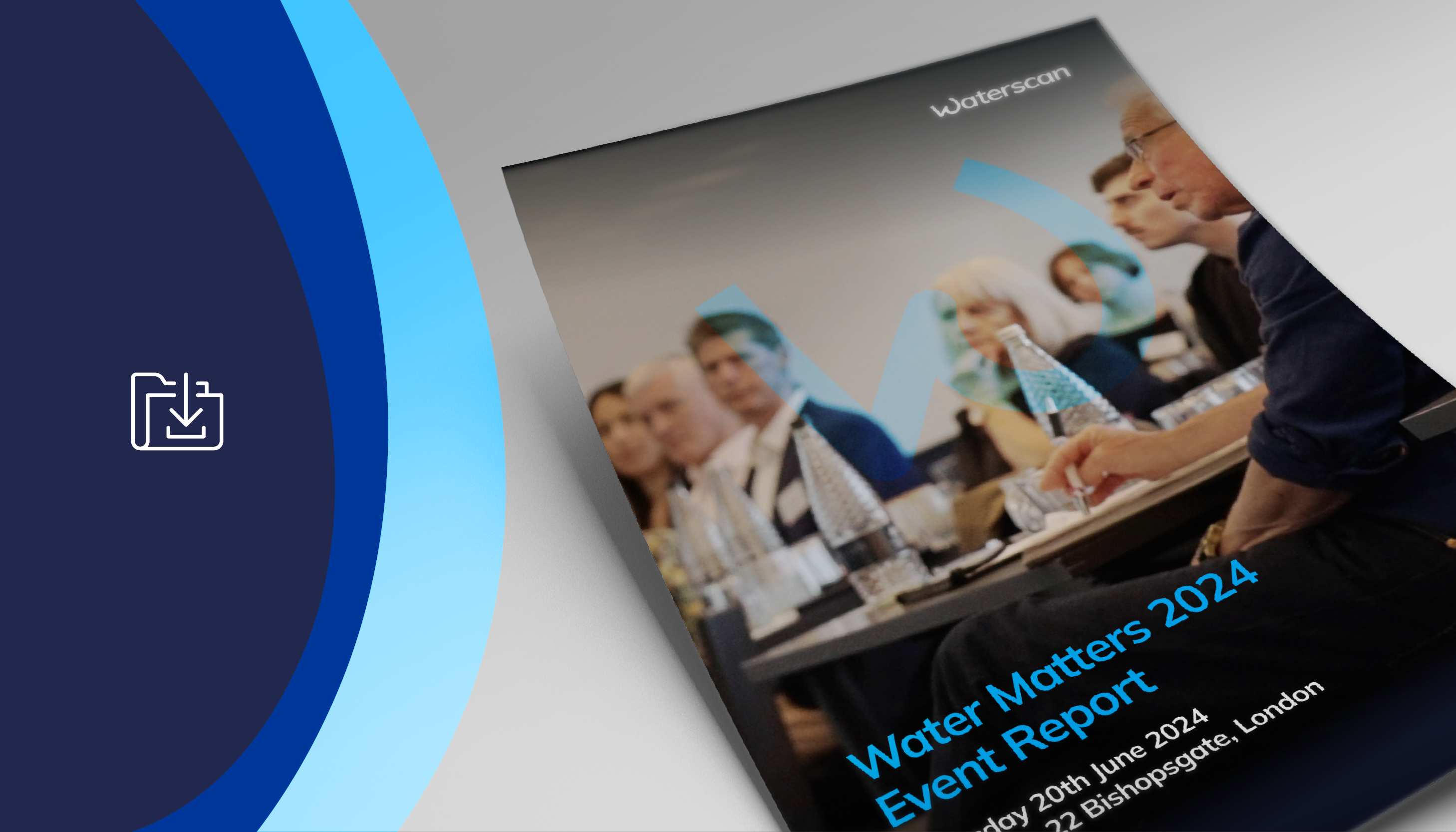Sustainability credentials are playing a growing role in the choices made by consumers.
Few companies have integrated water management into their sustainability agendas, let alone considered the link between water and carbon emissions.
For Whitbread, a clear strategic direction that captures all water-related impacts and establishes targets for water and carbon emission reductions was the aim.
Building on 15 years of collaboration with Waterscan in achieving water efficiencies; working out how to support Whitbread’s growth plans and ensure that guest experiences weren’t affected whilst saving water and reducing water-related carbon missions was the challenge.
- Using a bespoke metering strategy, the first step was to get granular data and visibility of water use across Whitbread’s extensive and diverse estate, which we could then correlate with wholesaler data.
- This comprehensive picture of water use was then overlaid with data sets from multiple external sources including the Environment Agency, and water company water resource management plans.
- Mapping this multi-layered data pinpointed where commercial and operational water-related risks lay for Whitbread and led to a targeted trial of various technologies and leak detection measures at two Whitbread office sites which demonstrated the potential for significant reductions in water use.
- Extending this trial to 12 hotel sites achieved impressive water efficiency results, and importantly, also revealed the potential to cut energy consumption and related carbon emissions because there was less water to heat. This link between water and energy impacts helped generate a swift return on investment.
- Whitbread subsequently adopted a target to reduce water consumption by 20% per sleeper by 2030. This water reduction target is reinforced by an updated Water Policy which aligns with Whitbread’s Force for Good sustainability plan.
Whitbread’s Water Policy is regarded as an important marker in encouraging more companies to prioritise water efficiency and sends a clear signal of evolving environmental priorities as corporate water stewardship is increasingly under the spotlight. Analysis showed that a target to reduce water consumption by 20% per sleeper by 2030 was challenging yet viable and would support DEFRA’s target to reduce all non-household water use by 9%.
Following the link between water and carbon, Whitbread’s next steps have been to extend their metering strategy to sub metering hot and cold water separately to gain a more accurate understanding of each site’s use of hot water. The data will be used to highlight when demands for hot water peak and pit during the day, as well as part of ongoing rollout of heat pumps as part of their drive to become a gasless organisation. The data will also be submitted as part of their disclosure of water impacts to CDP and in other areas of the organisation as part of Whitbread’s continuous drive for sustainability.
“The really comprehensive, data-driven and agile water strategy that Waterscan helped us create is a real turning point in how we think about water.”
Ross Greenhalgh, Energy Manager, Whitbread
This article was taken from the recent Edie Business Guide: A Guide to Water Efficiency. Sponsored by Waterscan.
If you would like to read more and download the full guide you can do so on Edie’s website here.




